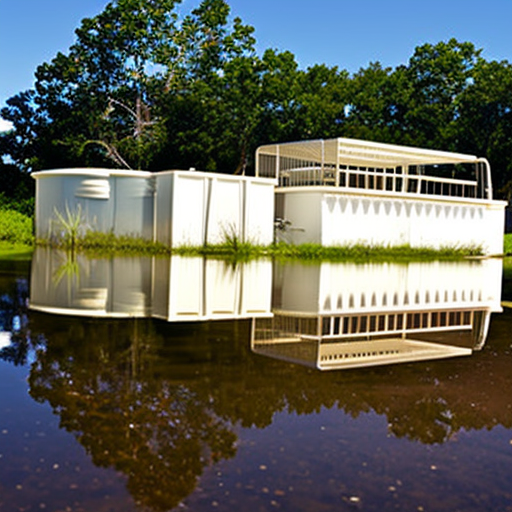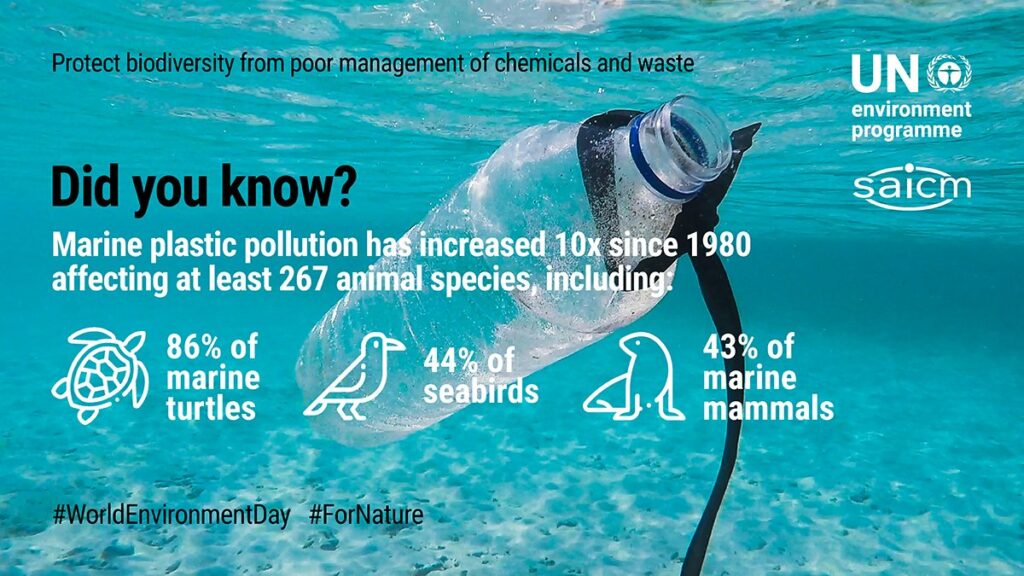
The Florida Department of Environmental Protection
The Florida Department of Environmental Protection (FDEP) serves as the leading agency in the state for environmental management and stewardship. Its primary goal is to protect and preserve Florida’s air, water, and land resources. FDEP envisions the establishment of strong community partnerships that will contribute to the safeguarding of natural resources and the enhancement of ecosystems within the state.
Sustainable Development Goals (SDGs)
The FDEP aligns its efforts with the United Nations’ Sustainable Development Goals (SDGs). These goals provide a comprehensive framework for addressing global challenges and promoting sustainable development. By incorporating the SDGs into its initiatives, FDEP aims to contribute to the achievement of these goals on a local level.
Key Objectives
- Environmental Protection: FDEP is committed to implementing measures that protect Florida’s air, water, and land from pollution and degradation. Through regulatory enforcement, monitoring programs, and public education, FDEP strives to ensure the preservation of the state’s natural resources.
- Community Partnerships: FDEP recognizes the importance of collaboration with communities in achieving sustainable environmental management. By fostering strong partnerships, FDEP aims to engage citizens in environmental stewardship and promote collective action towards a greener future.
- Ecosystem Enhancement: FDEP seeks to enhance Florida’s ecosystems through restoration projects, conservation efforts, and biodiversity preservation. By restoring and protecting habitats, FDEP contributes to the overall health and resilience of the state’s natural environment.
Learn More
To learn more about the Florida Department of Environmental Protection and its initiatives, please visit their official website:
SDGs, Targets, and Indicators
1. Which SDGs are addressed or connected to the issues highlighted in the article?
- SDG 6: Clean Water and Sanitation
- SDG 13: Climate Action
- SDG 15: Life on Land
The article mentions the Florida Department of Environmental Protection’s role in protecting air, water, and land, which aligns with SDG 6’s focus on clean water and sanitation. Additionally, the department’s vision of safeguarding natural resources and enhancing ecosystems connects to SDG 15’s goal of preserving life on land. The mention of environmental management and stewardship also implies a commitment to addressing climate change, linking to SDG 13.
2. What specific targets under those SDGs can be identified based on the article’s content?
- SDG 6.3: By 2030, improve water quality by reducing pollution, eliminating dumping and minimizing release of hazardous chemicals and materials.
- SDG 15.1: By 2020, ensure the conservation, restoration, and sustainable use of terrestrial and inland freshwater ecosystems and their services.
The article does not explicitly mention specific targets, but the Florida Department of Environmental Protection’s mission to protect air, water, and land aligns with the general objectives of SDG 6.3 and SDG 15.1.
3. Are there any indicators mentioned or implied in the article that can be used to measure progress towards the identified targets?
- Water quality indicators: The article mentions the Florida Department of Environmental Protection’s role in protecting water resources, implying the use of water quality indicators to measure progress towards SDG 6.3.
- Ecosystem conservation indicators: The department’s vision of enhancing ecosystems suggests the use of indicators related to the conservation and restoration of terrestrial and freshwater ecosystems, which can measure progress towards SDG 15.1.
While the article does not provide specific details about the indicators used, the mentioned focus on water quality and ecosystem enhancement implies the utilization of relevant indicators to track progress towards the identified targets.
4. Table: SDGs, Targets, and Indicators
| SDGs | Targets | Indicators |
|---|---|---|
| SDG 6: Clean Water and Sanitation | 6.3: By 2030, improve water quality by reducing pollution, eliminating dumping and minimizing release of hazardous chemicals and materials. | Water quality indicators |
| SDG 15: Life on Land | 15.1: By 2020, ensure the conservation, restoration, and sustainable use of terrestrial and inland freshwater ecosystems and their services. | Ecosystem conservation indicators |
Behold! This splendid article springs forth from the wellspring of knowledge, shaped by a wondrous proprietary AI technology that delved into a vast ocean of data, illuminating the path towards the Sustainable Development Goals. Remember that all rights are reserved by SDG Investors LLC, empowering us to champion progress together.
Source: floridadep.gov

Join us, as fellow seekers of change, on a transformative journey at https://sdgtalks.ai/welcome, where you can become a member and actively contribute to shaping a brighter future.






